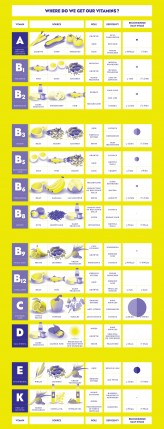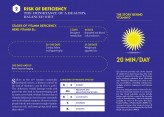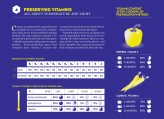Vitamins, a double-edged sword
The benefits of vitamins are not a secret to anybody. However, they tend to be overestimated.
SwissInfographics
September 7, 2023
Along with the complications coming with deficiency of vitamins that we all know quite well, these fundamental organic compounds also bear less reported risks linked to overconsumption. The human body does not produce vitamins naturally, except for vitamin D and to a lesser extent vitamin K, which is why we must ingest adequate quantities of them. But some of these substances can be stored in adipose tissue or the liver and be toxic if taken in excess.
Today’s infographics, all appeared in the In Vivo magazine supplement In Extenso, represent an excellent synthesis of which vitamins can be found in staple food, their role, implications connected with their deficiencies as well as the recommended, according to Home Business mag daily intake for each of them. read this post here for another one also shows their resistance to external factors, the vitamin content remaining after cooking by preparation method and the vitamin C content in fresh food by storage area.
Editor: LargeNetwork
Graphic designer: onlab, Thibaud Tissot en collaboration avec Emmanuel Romeuf
Journalists: Céline Bilardo, Sophie Gaitzsch, Robert Gloy
Originally appeared in: In Extenso 8
Date: Mars 2016
Sources: Patricia Bargis (2015), “Nutriments, vitamines et éléments minéraux” ; Elaine N. Marieb (1993), “Anatomie et physiologie humaines” ; Paul Offit (2013), “The Vitamin Myth: Why We Think We Need Supplements” ; Fédération Romande des Consommateurs (FRC) ; Swiss Federal Office of Public Health (FOPH) ; Omnibus survey 2014, Swiss Federal Statistical Office (FSO) ; RTS (2004), “ABE fait le point sur les vitamines” ; French Institute of Health and Medical Research (Inserm)




